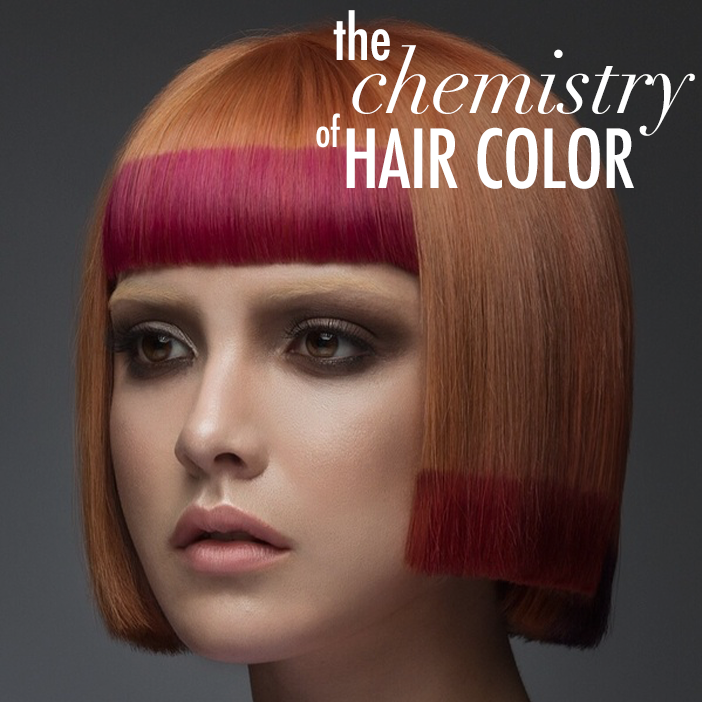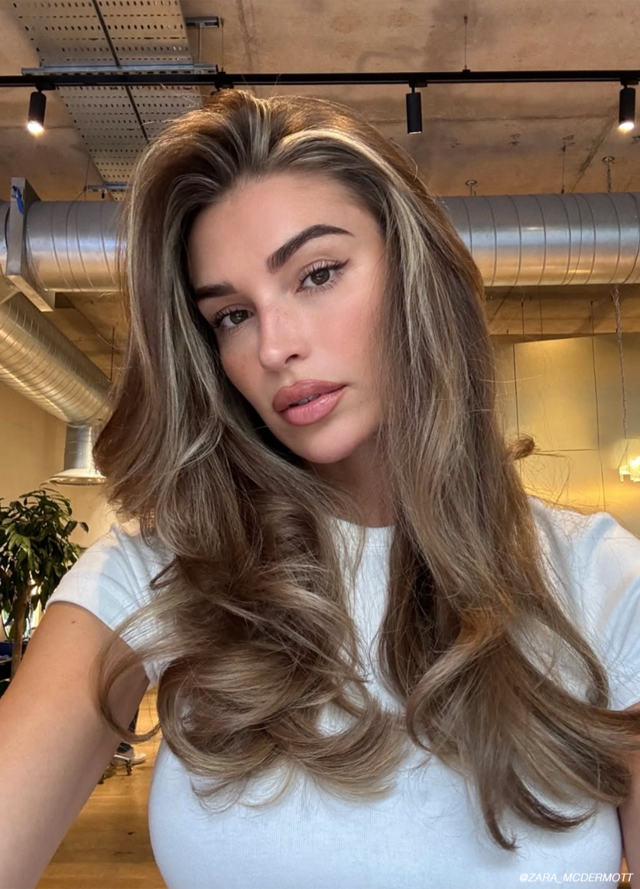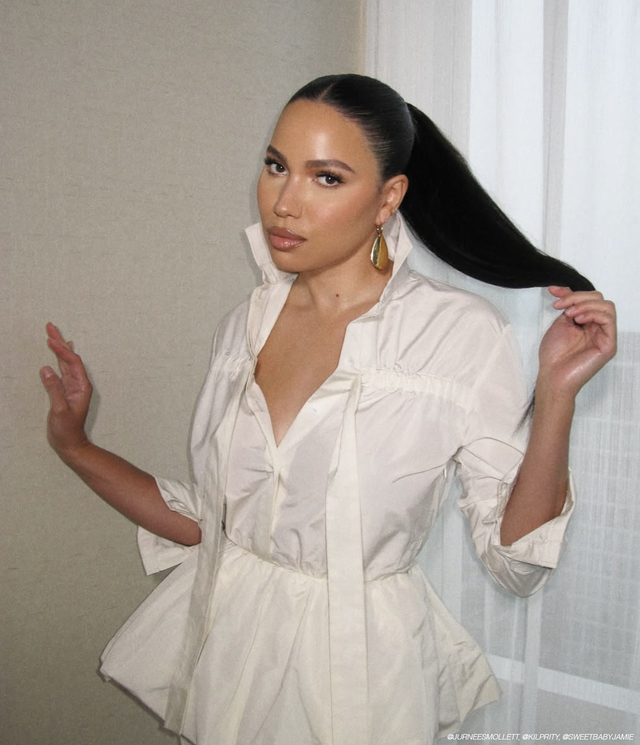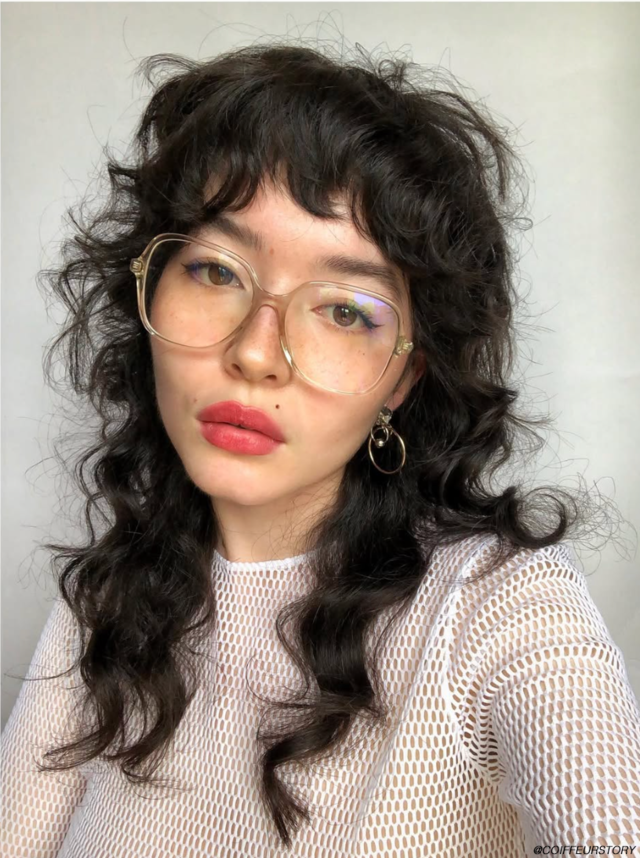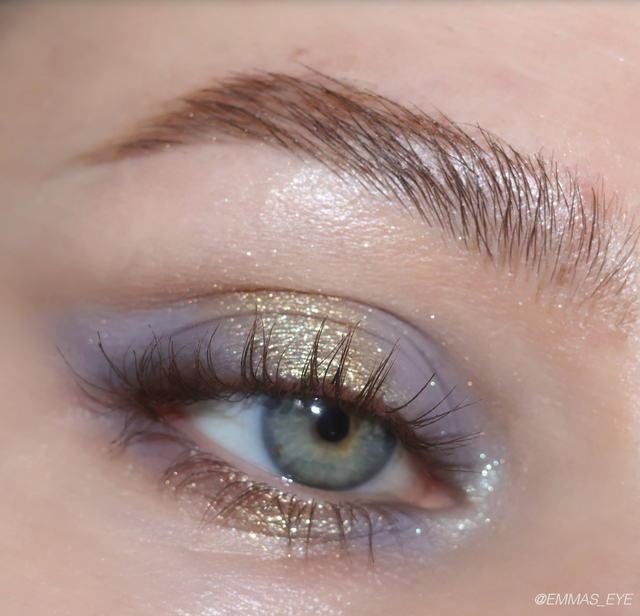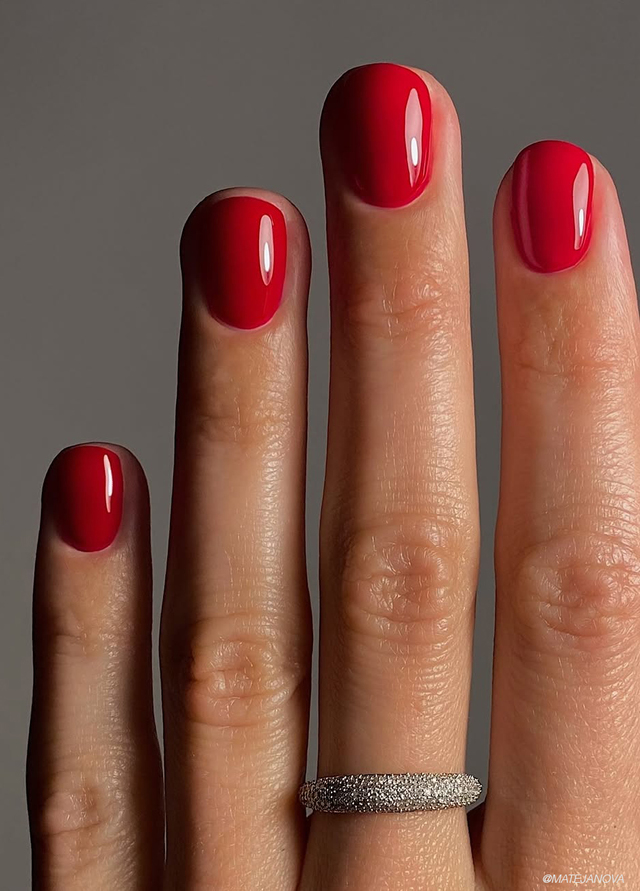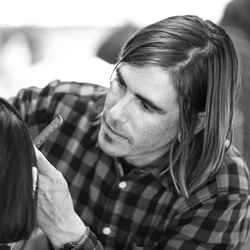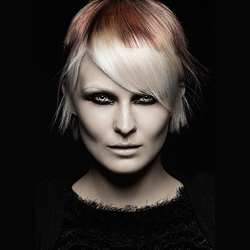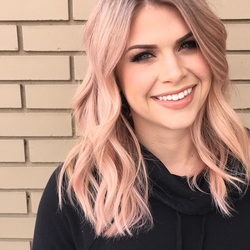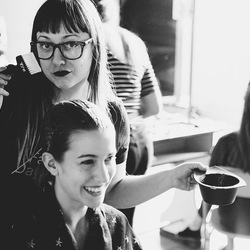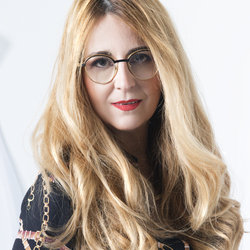Mixing hair color is much harder than you may think. Thanks to Box Dye, many believe dying your hair consists of mixing two parts of color and developer together and applying to the head. Mixing and applying hair color is so much more precise than this, and involves a great deal of chemistry.
When deciding to color your hair; there are many different types of color for different outcomes that you should be aware of.
Types of color:
Plant based - If you’ve ever heard of “henna dye”, this is where it falls. They are taken from “natural” colors and applied to hair to achieve a deposit only color. The problem with most “natural” dyes is that they still contain chemicals, such as PPD. They are made up of very large molecules and can often cause problems when trying to change hair color at a later time. (They are similar to box dye in this regard).
Semi-Permanent - This non-oxidative process usually lasts a few weeks (depending on washing schedule) and is less harsh to scalp and strands. This is often recommended for women who are pregnant or breast-feeding.
Demi-Permanent - Demi permanent lasts longer than semi but is not as invasive as permanent color. They still require an oxidative chemical reaction, but at a much smaller degree.
Permanent Color - This type of color requires hydrogen peroxide (developer) to create a reaction, and needs to be immediately applied to hair. As the color sets, and continues to react with oxygen, it will “dive” into your hair shaft through your raised cuticle, as well as coat the outside of your hair -this is the longest lasting color option. It can be quite harsh on hair and scalp, and can create a line of demarcation if not kept up. If you want to go lighter after, it is best to let your hair grow out, as permanently dyed hair will have an adverse reaction to going lighter because the dye has gone into the cortex of your hair shaft.
The chemical reactions and tools you use when applying color are equally as important as understanding color and its applications.
Oxidative - What does this mean? When two elements (dye and peroxide) are mixed, oxidation occurs. The chemical reaction between these elements is what allows the color to go past the cuticle into the cortex of the hair. To be more scientific, the developer (hydrogen peroxide) is the oxidizing agent which reacts with the hair dye - it creates a chemical reaction and forms new compounds, called meta-dye.
This chemical reaction is the reason why you want to use a non-metallic bowl, instruments, and accessories while dying hair. Because metallic tools have a negative reaction with oxidation and hair dye, and can cause excesses breakage, damage, and even hair loss.
The Application: There are many reasons why you want a licensed, trained, professional and the application method is one.
When applying hair color it is important to apply it properly and precisely. If you have routine root touch-ups it is important not to let hair color overlap with previously dyed hair. Doing so will cause a stripe in your hair and excess damage. When applying color over previous colored hair it can damage your hair and cause your color to become darker and darker. The heat of the scalp plays a role in your color application which is important to pay attention to when hair has grown out. If the regrowth is too long you may need two different formulations applied to regrowth.
For instance if you go in for regular root touch ups, you may need your color refreshed from where the new growth ends to the ends of your hair. Pulling permanent dye through your entire head can often times cause excess damage to you hair. It can also cause your color to keep going darker and darker because the color is being overlapped. In this scenario your stylist will formulate a different color (possibly in a semi, demi, or “gloss”) to go on your ends.
These factors play only a small part in the large reason of why it is important to always seek out a professional hair stylist when looking for a hair color change. Now that you know a bit more about the chemistry behind color, be sure to speak to your stylist about which option is right for you and your lifestyle!
